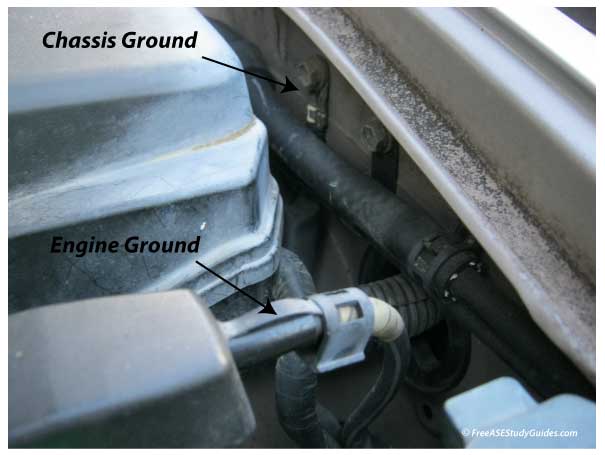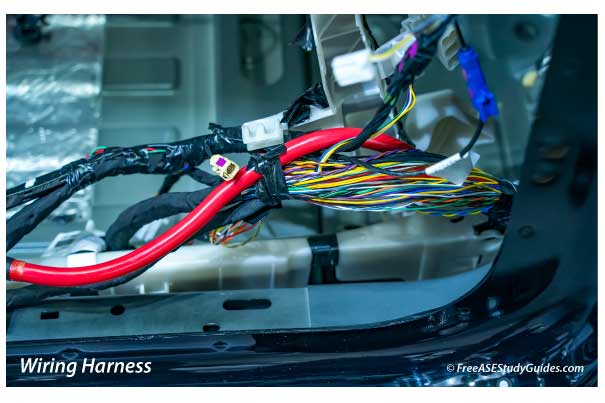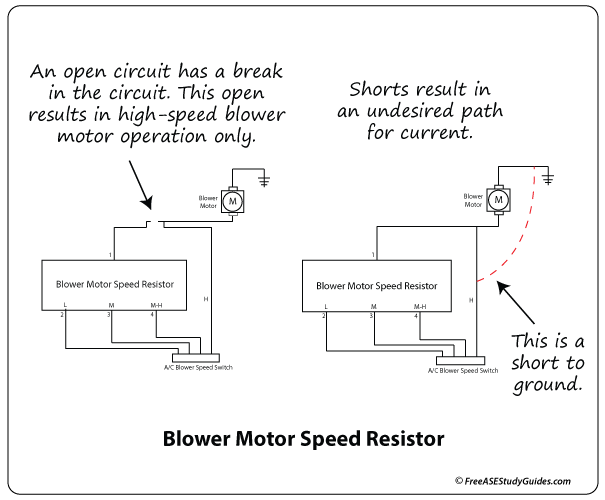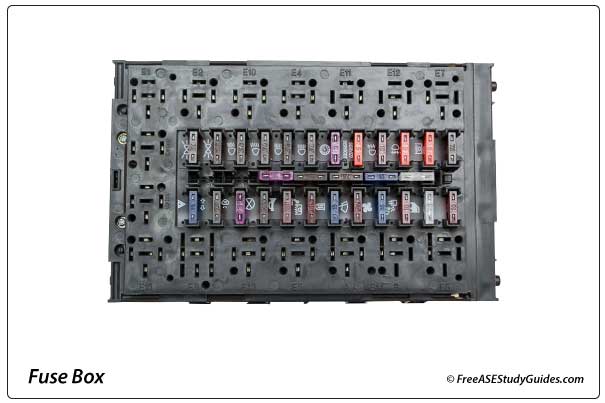Open and Shorted Circuits

A vehicle's ground is the engine, chassis, or frame. A short-to-ground occurs when an unwanted flow of electrons detours to the ground before the circuit's desired load. Check for a frayed wire touching the vehicle's dash, frame, or engine.

It's allowing much of the current to flow to ground instead of the desired system component. Inspect for any screws or holes drilled through the firewall near the wire harness, damaging insulation, and crossing wires.
Open Circuits

An open can occur anywhere in an electrical circuit. There is no current; it's just like turning the switch off. When there's an undesired open or break in a circuit, the component the circuit controls will not function. This is often caused by a blown fuse, an open circuit breaker, or a broken wire. The fuse box is a great place to start if an electrical component has no operation.
Short Circuits

Shorts cause unwanted current flow in a circuit. Excessive current in a circuit results in a blown fuse. This may be caused by an undesired path to ground or two wires crossing each other. Two different circuits shorted together can cause strange behavior in a vehicle. One circuit may activate the other. For instance, the horn may blow when the turn signal is activated.